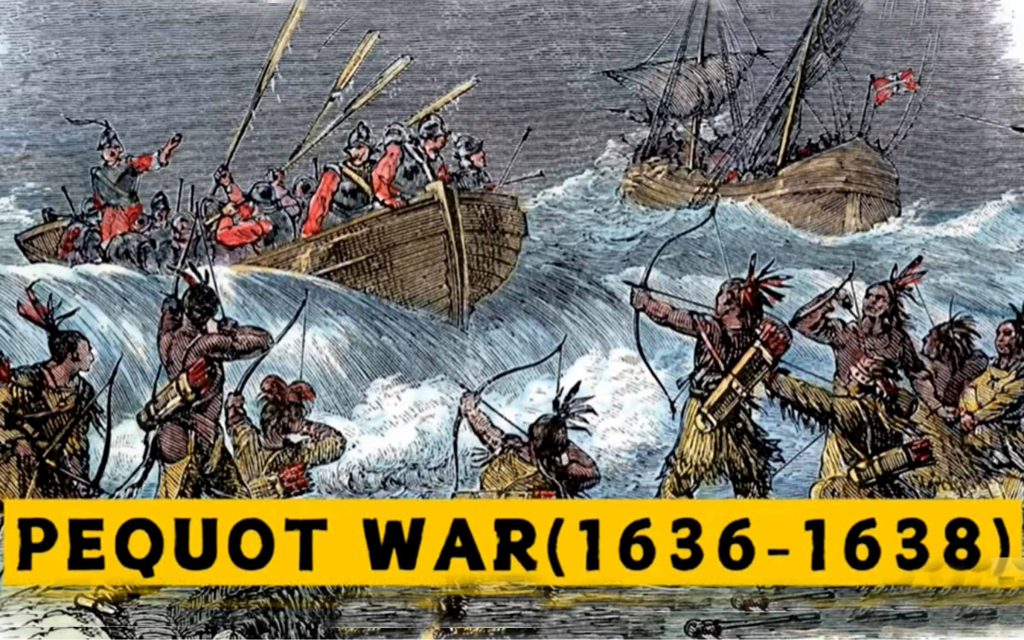
In the 1630s, rising tensions between English settlers and Native American tribes erupted into the Pequot War, New England’s first major conflict between colonists and Indigenous peoples. Sparked by trade disputes, territorial pressures, and a series of violent incidents, the war led to the destruction of the Pequot Nation and reshaped the balance of power in New England. Click here for a 4-minute video on the topic posted on July 11, 2025 by ChronoScapeExploring.


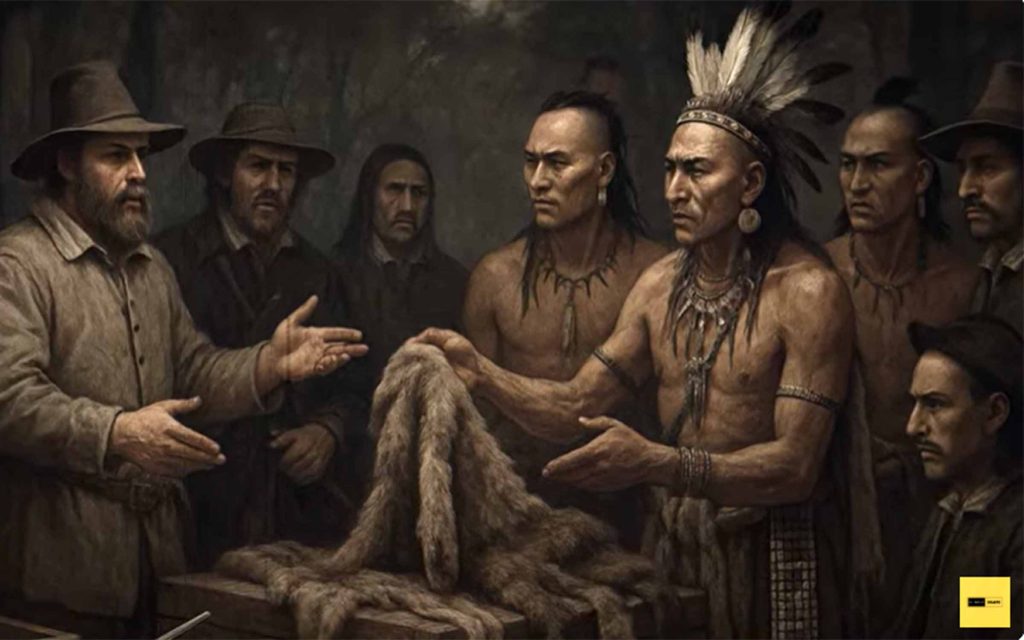
By the 1630s, English settlements in New England were expanding steadily. The fertile lands of the Connecticut River Valley attracted increasing numbers of English settlers who moved westward from Massachusetts Bay and Plymouth. tensions grew between these settlers and the Native American nations already inhabiting the region. Among these nations, the Pequot Tribe was one of the most powerful, controlling significant trade networks and alliances along the coast and inland.
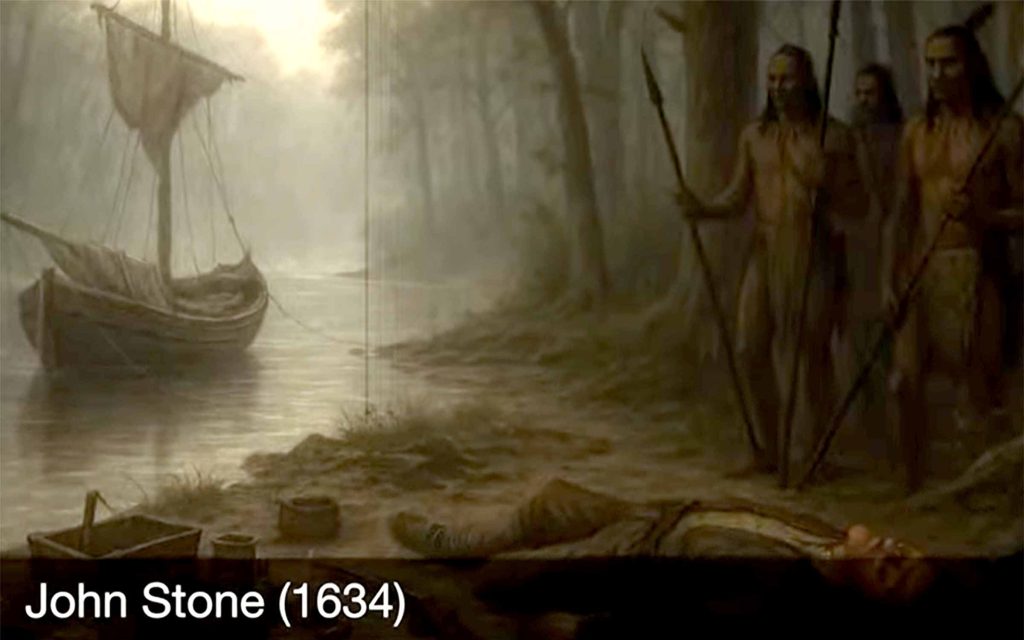
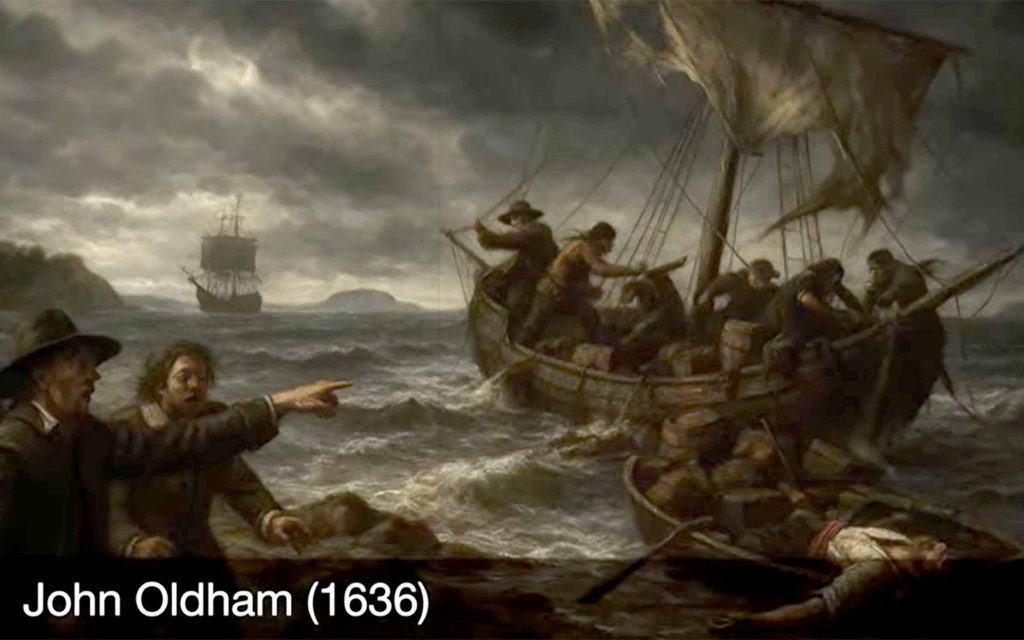
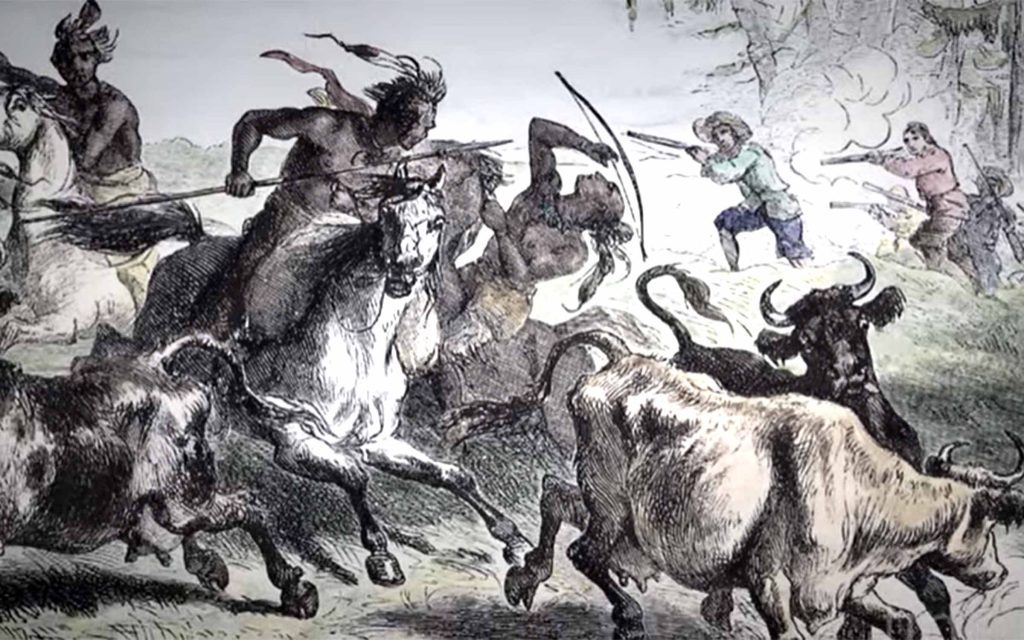
In 1634, a trader named John Stone was killed near the Connecticut River, allegedly by Western Niantic people associated with the Pequot. Two years later in 1636, another English trader, John Olden, was killed while sailing along the coast near Block Island. English colonists quickly blamed the Pequot for the attack , though historians debate whether they were directly responsible.

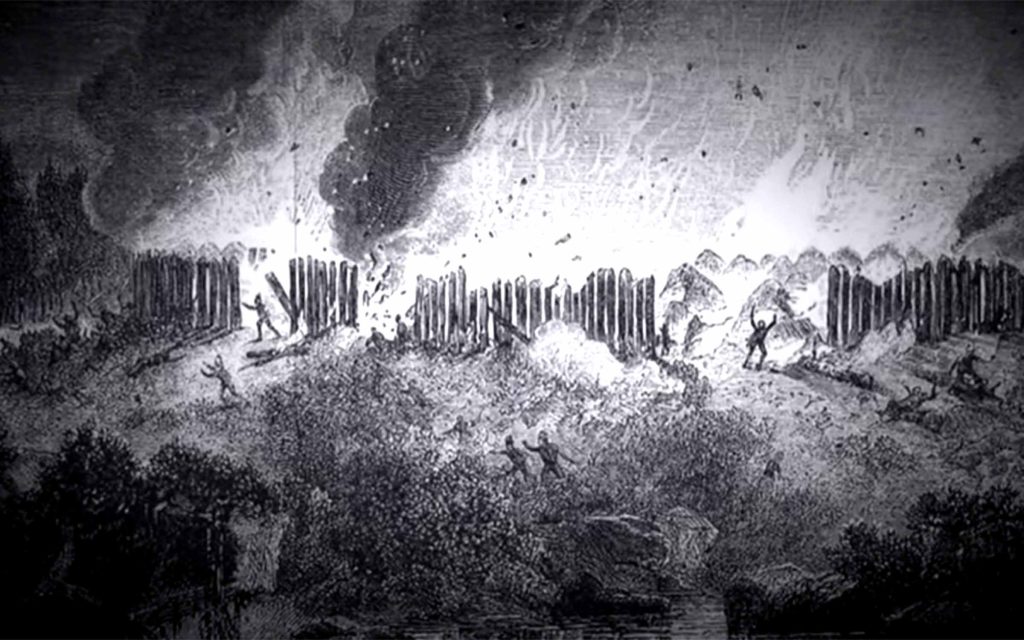
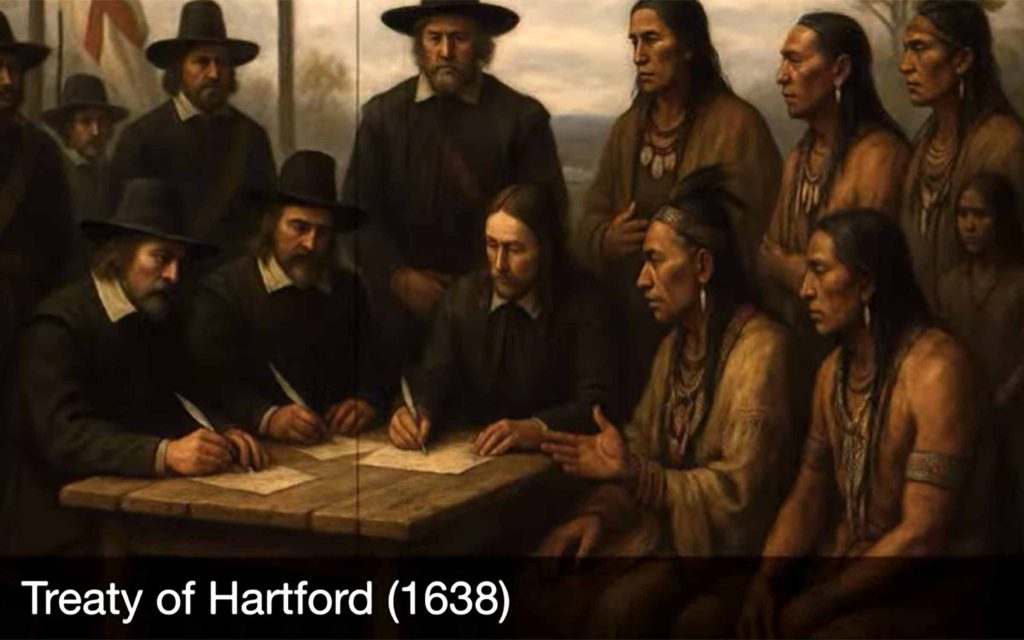
The Massachusetts Bay Colony launched an expedition against native groups in the region, further inflaming tensions. Hostilities escalated into open conflict as English forces and their Native allies began attacking Pequot settlements. In May 1637, an English-led force launched an assault on the main Pequot fortified village at Mystic setting the fort on fire. As the flames spread rapidly, English soldiers and their Native allies killed those attempting to escape. Between 400 and 700 Pequot men, women and children were killed in the attack. The war formally ended with the signing of the Treaty of Hartford in 1638.
